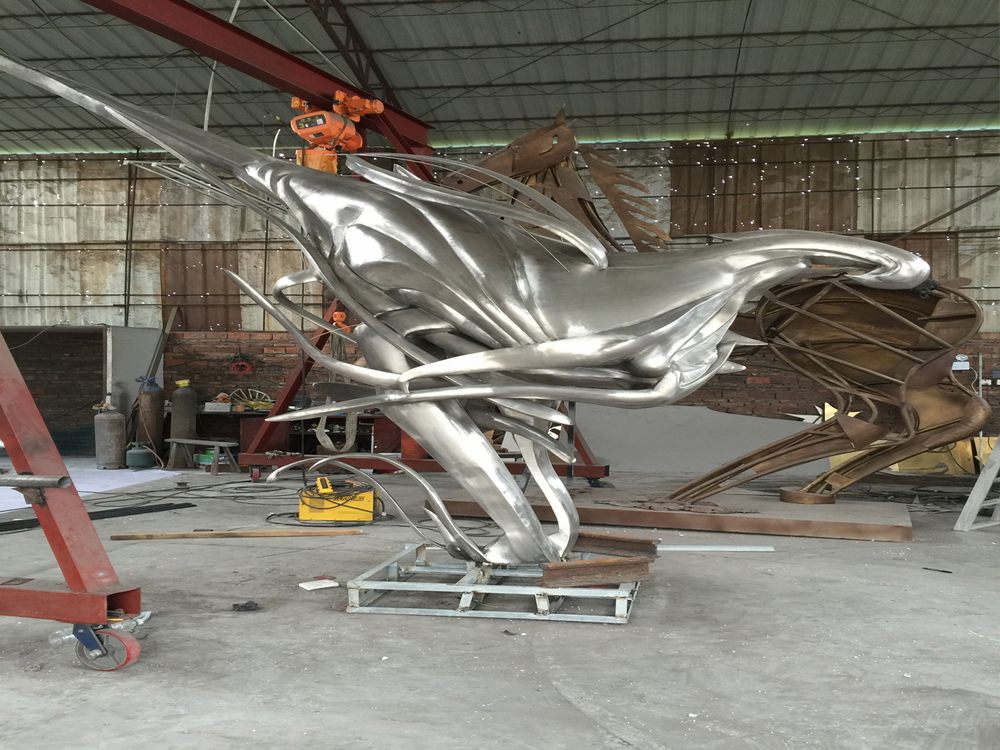
Freeze-thaw cycles pose a significant threat to outdoor sculptures, causing cracks, spalling, and structural deterioration. To safeguard your artwork, consider these proven preservation methods:
1. Material Selection: Opt for freeze-resistant materials like bronze, stainless steel, or dense stones (e.g., granite) that withstand expansion from ice formation.
2. Protective Coatings: Apply breathable water-repellent sealants (e.g., siloxane-based) to porous materials like marble or limestone, preventing water absorption while allowing vapor escape.
3. Proper Drainage: Ensure sculptures have sloped bases or drainage holes to prevent water pooling that accelerates freeze-thaw damage.
4. Winter Wrapping: Use breathable, insulated covers for vulnerable pieces during freezing months, avoiding plastic that traps moisture.
5. Elevated Placement: Install sculptures on raised platforms to minimize ground moisture exposure and salt splash from de-icing treatments.
6. Regular Maintenance: Inspect annually for cracks or wear, repairing with compatible fillers before winter. Remove snow buildup promptly to prevent meltwater seepage.
7. Microclimate Control: For high-value pieces, consider wind barriers or heated pedestals in extreme climates to stabilize temperatures.
By combining these strategies, artists and conservators can significantly reduce freeze-thaw damage, preserving sculptures for generations while maintaining their aesthetic integrity. Always consult conservation specialists for valuable or historic artworks requiring specialized care.

